It’s extremely difficult to run an effective public health campaign. It requires a combination of well-ordered regulation, private sector/industry compliance, and social/cultural backing. Progress is often slow because multiple generations must buy into the cause literally and figuratively. Amazingly, we made significant progress in the battle against harmful tobacco and nicotine products. After valiantly fighting the tobacco industry and their unencumbered power across multiple sectors, we were able to bring youth smoking to an all-time low of 3.7% [3]. Mission accomplished, we can all pack up and call it a day. Well, not so fast actually.
With the rise of e-cigarettes, we are witnessing the resurrection of a foe that was once thought to be in critical condition. Ironically, it looks like the battle will be fought on the same fronts as last time but the warfare will be slightly different. After seeing their market share depleted in unprecedented numbers, many tobacco companies decided to transition to different nicotine and tobacco products. They referred to these as NGP’s (Newer Generation Products.) Yes, the name sounds benign, but their intentions are fairly sinister.
NGP’s represent their efforts to make up the ground they lost over the past decades. Unfortunately, they are quickly regaining territory. According to the 2020 National Youth Tobacco Survey, 1 in 5 high school students reported being e-cigarette users. Moreover, e-cigarette users are seven times more likely to start using traditional cigarettes than non e-cigarette users [2]. Not only are we combating the rise of e-cigarettes, but we may have to double down on our efforts to combat traditional tobacco products as well.
Unsurprisingly, the tobacco industry is implementing the same old tricks they used in the past. NGP’s have given them an opportunity to rebrand their products and disguise their true intentions. In this article, I want to highlight a couple areas where we see blatant repetition of old tactics.
Doctor’s Orders
One of the many ways the tobacco industry made cigarettes appear safe was by misrepresenting their harmfulness and conjuring fraudulent medical approval. Check out this ad by the tobacco company Lucky Strikes.
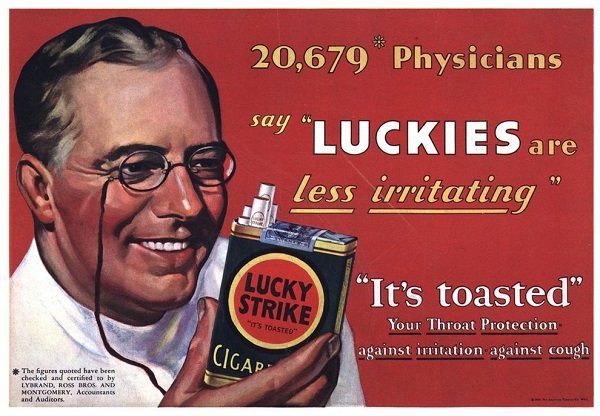
“In 1930, it published an ad claiming “20,679 Physicians say ‘LUCKIES are less irritating’” to the throat. To get this number, the company’s ad agency had sent physicians cartons of Lucky Strike cigarettes and a letter asking if they thought Lucky Strikes were “less irritating to sensitive and tender throats than other cigarettes,” while noting “a good many people” had already said they were.” [5]
Take note of the claim they are making and how they gathered their evidence to support that claim. First off, the claim that their cigarettes are “less irritating” is entirely subjective and was collected in a manner in which no legitimate researcher could assign any validity to. Furthermore, even if they could definitively prove their claims to be true, it wouldn’t change the substance of the matter. The products they produced were causing harm and making them more palatable was irrelevant. Poison is still poison even if it tastes good!
Fast forward almost 100 years later, they are still using the same playbook. E-cigarettes were largely introduced as safer alternatives to smoking because they cause less harm than traditional cigarettes.
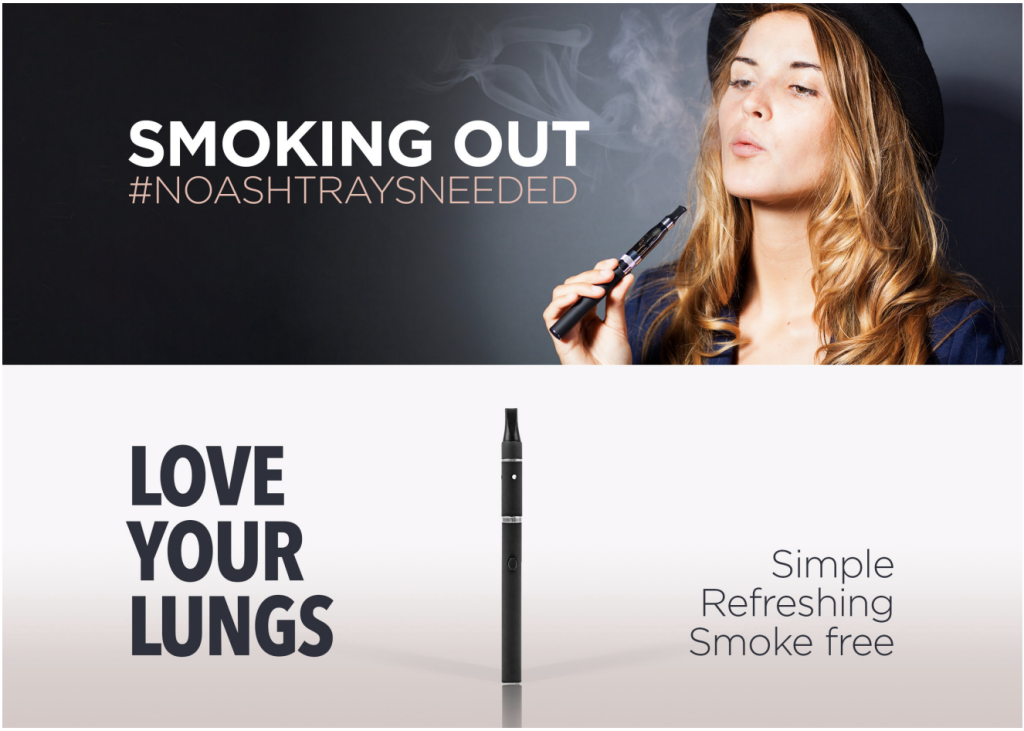
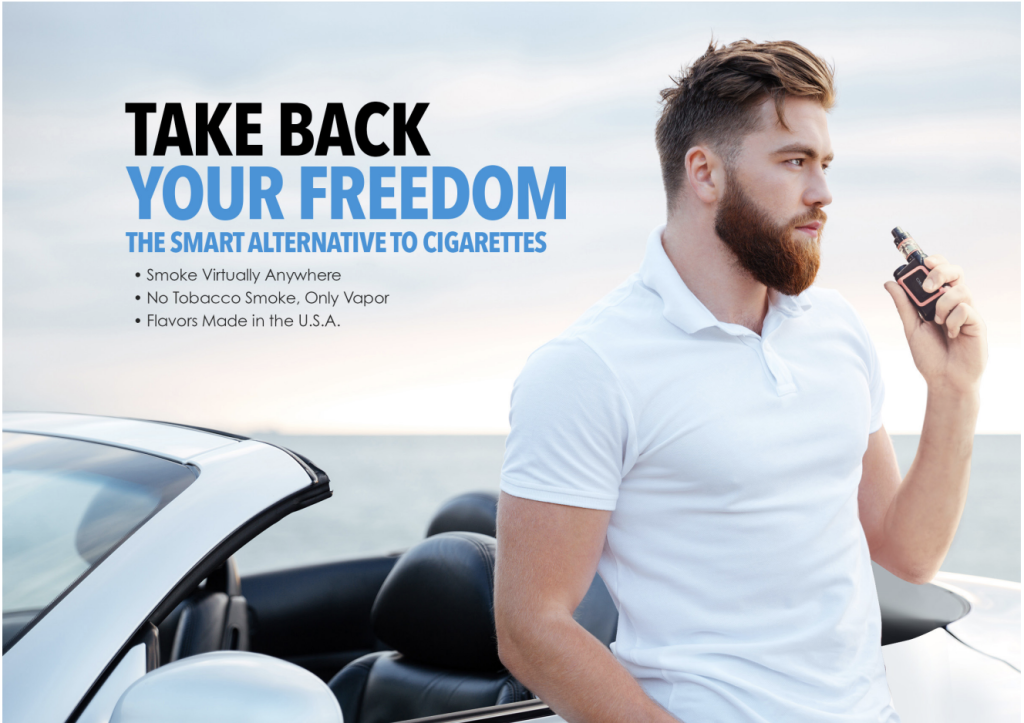
While there may be evidence that many adults have been able to ditch traditional cigarettes for E-cigarettes, the insinuation that they cause very little to no harm is not verifiable. We need time to determine the full scope of their effects but if you read the tea leaves, there’s a lot to be concerned about. Even if the harm is less than traditional cigarettes, we should still try to protect our youth from any damaging effects. However, when you take one look at the lifestyle e-cigarette companies are marketing, it becomes very apparent that this is more than a smoking alternative for those looking to quit.
All the cool kids are doing it.
Just like their predecessors, e-cigarette marketing gurus are selling their products as a glamorous lifestyle choice for younger generations. These ads typically feature attractive younger looking individuals having a good time. I get it, that’s pretty much how you market any product these days. However, that’s a very interesting way to market a product if your “intended” audience is older smokers looking for an alternative to traditional cigarettes. Very interesting indeed…
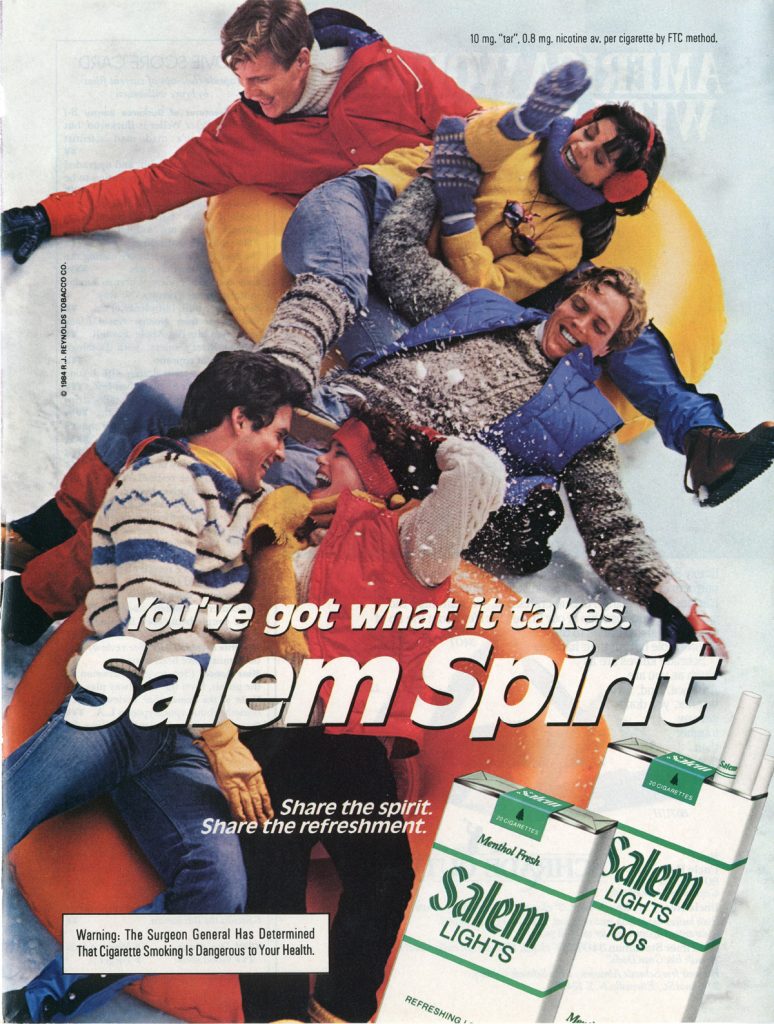
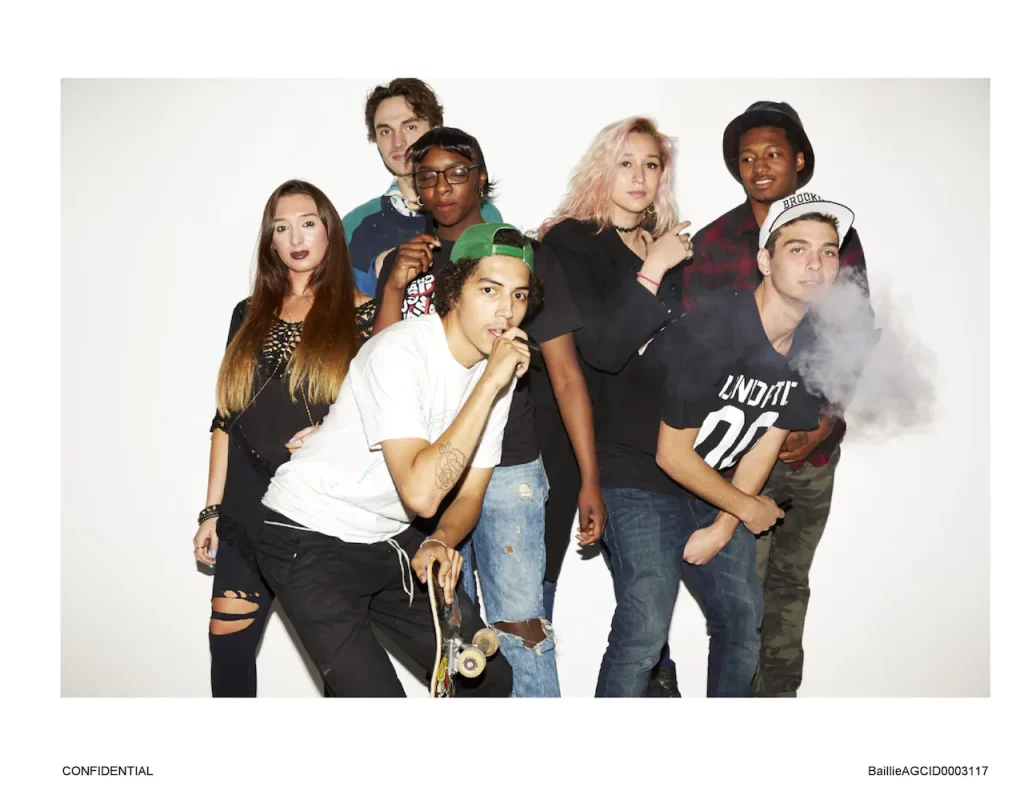
Also, how do we explain these flavors? Banana Ice, Peach Freeze, and Frosted Apple. These don’t seem like flavors that would be popular with most adults.
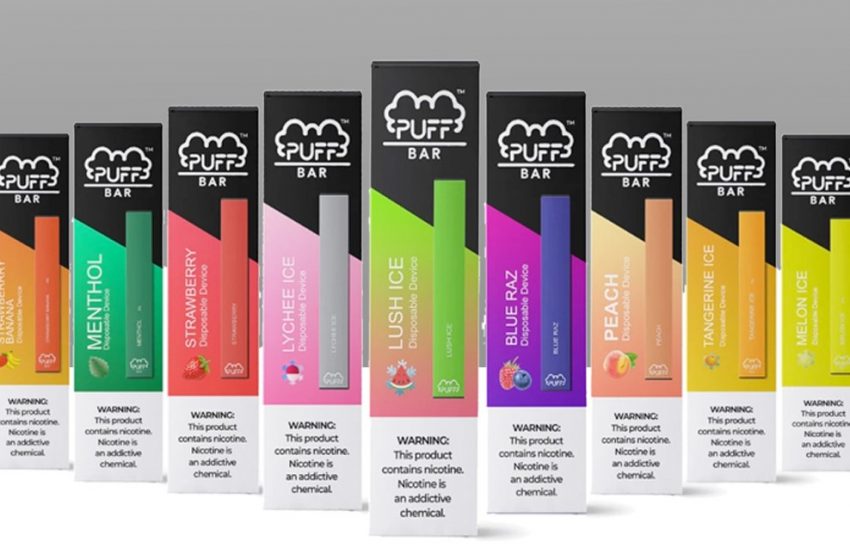
According to the American Lung Association, “Flavored e-cigarette use among kids remains extremely high. Almost 85% of middle and high school students who vape reported using flavored e-cigarettes, with the top four flavors being fruit, candy/dessert/other sweets, mint and menthol. Kids continue to follow the available e-cigarette flavors; with the top one being fruit at 69% and close to 27% of youth e-cigarette users report using menthol e-cigarettes.”
Conclusion
These are just a couple similarities I wanted to highlight in this article. I had to limit myself to two because the list goes on including.
- Corporate Sponsorships
- Celebrity Endorsements
- In-store Promotions
- Poorly regulated purchase methods
Just to name a few more.
As we embark on this new age, we need to stay vigilant of an old foe who has managed to make themselves relevant once more. You can do your part by being aware of familiar tactics and continuing to educate yourself and your children. For more information, feel free to check out our other featured articles on vaping.
[1]
[2]
[3]
[4]
[5]
[6]
